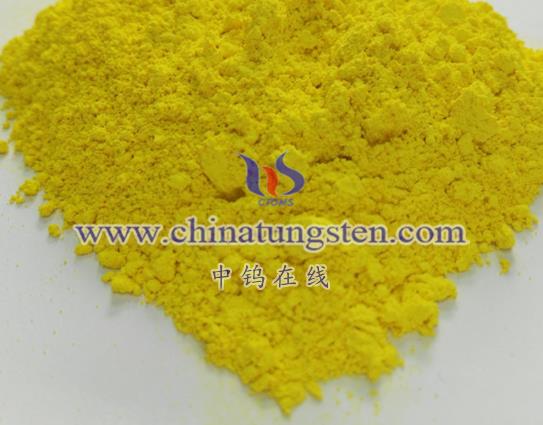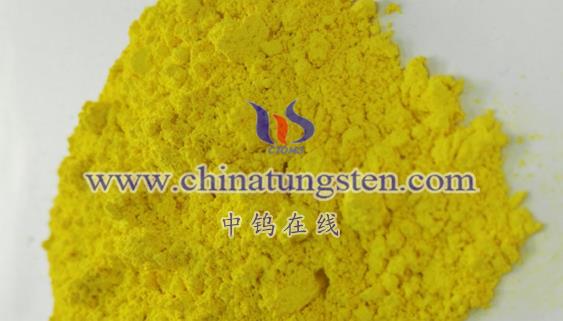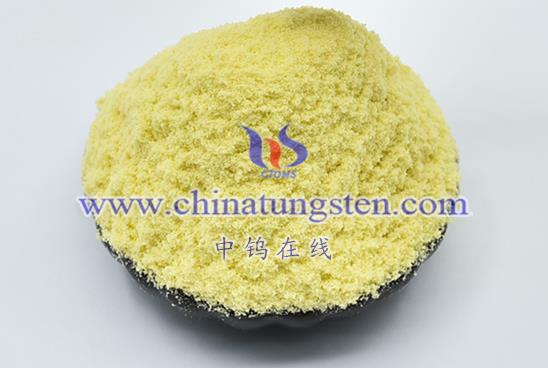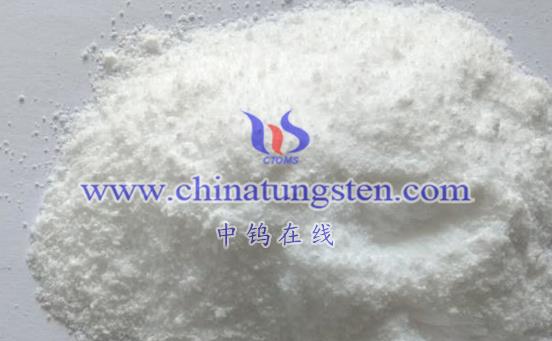
Non-stoichiometric tungsten oxides refer to tungsten oxide compounds where the ratio of oxygen to tungsten does not perfectly match the stoichiometric ratio of tungsten trioxide (WO₃). In stoichiometric tungsten trioxide, each tungsten atom is combined with three oxygen atoms. However, in non-stoichiometric tungsten oxides, the oxygen content deviates from this standard ratio, resulting in a tungsten to oxygen atom ratio that is not strictly 1:3.
These deviations in oxygen content are typically caused by variations in the preparation conditions (such as temperature, pressure, atmosphere, etc.) or by interactions with the environment during subsequent processing or use. As a result, non-stoichiometric tungsten oxides exhibit a range of unique physical and chemical properties that often differ from those of stoichiometric tungsten trioxide.
There are various types of non-stoichiometric tungsten oxides, including but not limited to WO₂, WO₂.₉ (blue tungsten oxide), and W₁₈O₄₉. These compounds have broad applications in areas such as catalysts, electrochromic materials, gas sensors, and optical materials. For example, non-stoichiometric tungsten oxides can be used as catalysts or catalyst supports to facilitate various chemical reactions; they can also serve as electrochromic materials for smart windows and automotive mirrors; additionally, they can act as gas sensors to detect and respond to changes in the concentration of specific gases.
In summary, non-stoichiometric tungsten oxides are a class of tungsten oxide compounds with unique oxygen content and crystal structures, displaying a variety of distinctive physical and chemical properties, and holding promising applications across multiple fields.
More details of tungsten oxide product, please visit website: tungsten-oxide.com
Please contact CHINATUNGSTEN for inquiry and order of tungsten oxide:
Email: sales@chinatungsten.com
Tel.: 86 592 5129595









